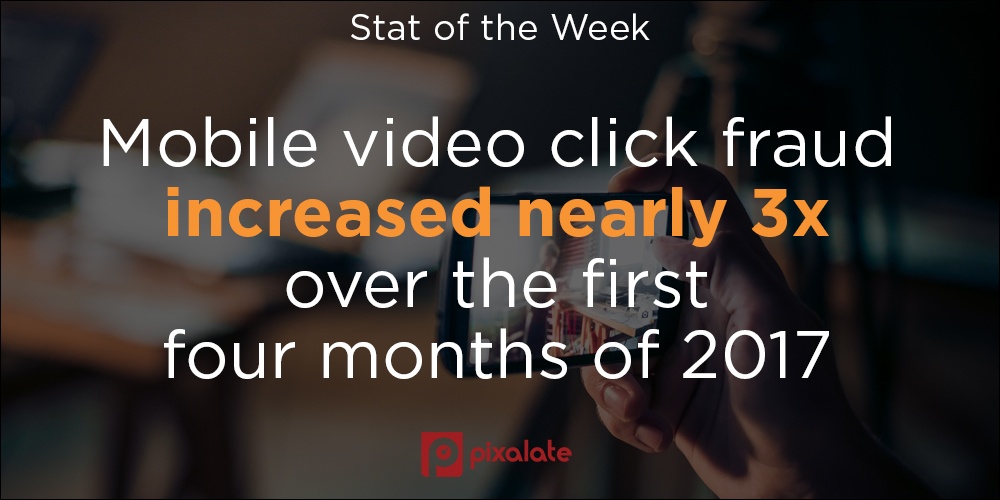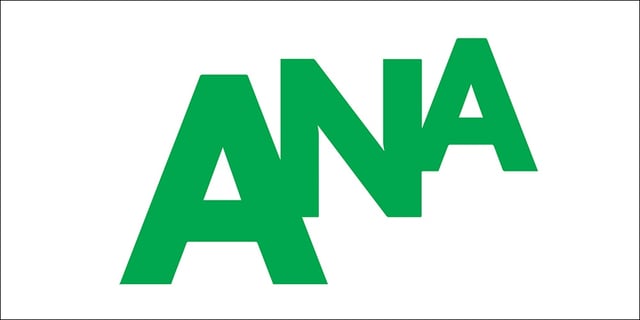
This week's review of ad fraud and quality in the digital advertising space.
Click the Stat of the Week for more information.

Mary Meeker has released her annual internet trends report. Recode breaks down some of the key takeaways, including the rising trend of internet-based entertainment services — like Netflix — coupled with the decline of TV viewership.

Reporting on a study by the ANA and AD/FIN, Forbes reports that disclosure and transparency are key in programmatic today, and that advertisers with clear programmatic KPIs are in better control of their investments. At the end of the day, however, “performance still drives the bottom line,” writes Forbes.

The ANA this week released a new report on the state of ad fraud. Per the Wall Street Journal, the report indicates that the industry is making improvements in the fight against fraud, indicating that marketers’ collective efforts could be paying off.

According to The Register, a new malware attack dubbed “Fireball” has infected 250 million computers in China. The malware takes over the infected computers and can cause ad fraud to occur — among other nefarious attacks.

According to the Wall Street Journal, Google’s previously rumored built-in ad blocker is coming by next year. The purpose of the built-in ad blocker is to improve the overall quality of ads served on the internet. “The new setting, which is expected to be switched on by default within the desktop and mobile versions of Chrome, will prevent all ads from appearing on websites that are deemed to provide a bad advertising experience for users,” reported the WSJ.
Sign up for our blog to stay updated with new stats, trends, and analysis on digital ad fraud.
*By entering your email address and clicking Subscribe, you are agreeing to our Terms of Use and Privacy Policy.
These Stories on Weekly Recaps
*By entering your email address and clicking Subscribe, you are agreeing to our Terms of Use and Privacy Policy.

Disclaimer: The content of this page reflects Pixalate’s opinions with respect to the factors that Pixalate believes can be useful to the digital media industry. Any proprietary data shared is grounded in Pixalate’s proprietary technology and analytics, which Pixalate is continuously evaluating and updating. Any references to outside sources should not be construed as endorsements. Pixalate’s opinions are just that - opinion, not facts or guarantees.
Per the MRC, “'Fraud' is not intended to represent fraud as defined in various laws, statutes and ordinances or as conventionally used in U.S. Court or other legal proceedings, but rather a custom definition strictly for advertising measurement purposes. Also per the MRC, “‘Invalid Traffic’ is defined generally as traffic that does not meet certain ad serving quality or completeness criteria, or otherwise does not represent legitimate ad traffic that should be included in measurement counts. Among the reasons why ad traffic may be deemed invalid is it is a result of non-human traffic (spiders, bots, etc.), or activity designed to produce fraudulent traffic.”

